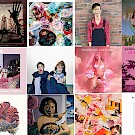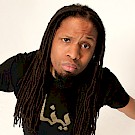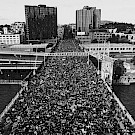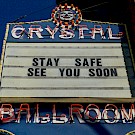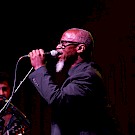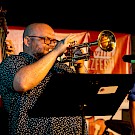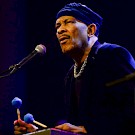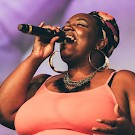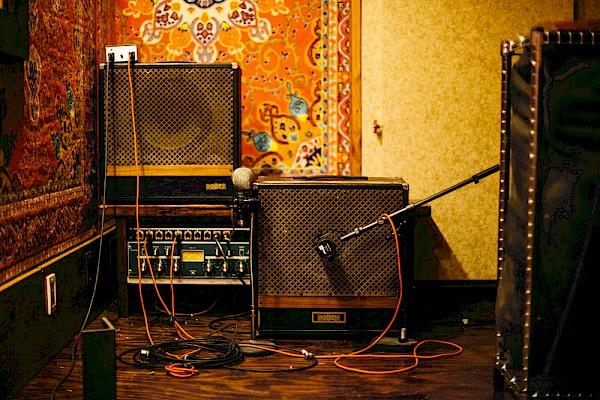 Photo by Jason QuigleyHome recording has come a million miles since I cut my teeth on a four-track cassette machine. Digital recording has created a landscape of options for the neophyte—but there's a downside: The seemingly endless number of affordable choices can be dizzying, begging the question: Where the heck do I start?
Photo by Jason QuigleyHome recording has come a million miles since I cut my teeth on a four-track cassette machine. Digital recording has created a landscape of options for the neophyte—but there's a downside: The seemingly endless number of affordable choices can be dizzying, begging the question: Where the heck do I start?
With air.
All sound is created by disturbances in air pressure and our ears interpret those changes as some sort of audio—whether it’s the boom of a subwoofer or the jingle of keys. And when you’ve got all sorts of sounds of various pitches and rhythmic pulses bouncing around, they collide with each other and their environment.
If you’re launching your first project studio, the first thing you need to think about is the acoustical space—i.e., the room. It’s most likely that the place where you record is also going to be the place where you listen back—which means problems when recording will be exacerbated when you’re listening. And if you’re multi-tracking and stacking up sounds of various instruments and voices, that’s going to become exacerbated very quickly.
PICK YOUR ROOM.
Try to avoid a square one. It’s best if the sound wave can unfurl a bit before it smacks into the wall in back of you. Parallel surfaces make sound waves bounce back and forth between them and that plays serious voodoo with sound capturing and playback. So a rectangle, with the speakers set up to project the long way in the room, is best.
If you do have a square, consider having your workstation face into a corner—so what’s in back of you isn’t a flat wall, but two 45-degree surfaces. This is gonna take up more floor space and that may create other problems. Where are you gonna sleep? I have no idea. Lots of imagination is always a part of any creative endeavor. You’ll figure it out. You’re an artist.
STICK UP A BUNCH OF FOAM?
Sorta, but there's more to it than that. Decisions need to be made. Various thicknesses and densities absorb different parts of the sonic spectrum. Sometimes absorption is what you want, sometimes it’s refraction (the breaking up of a sound wave). There are companies that sell packaged sets with several different pieces that are designed for various room shapes and acoustical scenarios.
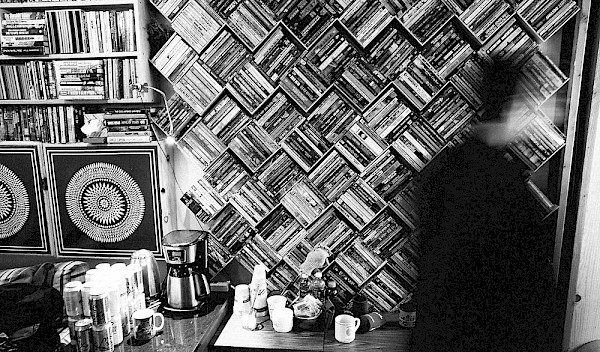 The wall of sci-fi novels at SE Portland's Destination: Universe!—photo by Jason QuigleyAs far as home brew solutions go, simply hanging a tapestry from the ceiling will help a little with high frequencies, but the lows need to be broken up so as to not create big, unwieldy buildups of bass—perhaps your worst sonic enemy. You know what I like? Books. Books absorb and reflect—especially if you pull them out to various depths. Buying a bunch of random books, purely for physical properties, and putting up free-hanging shelves is a great way to go.
The wall of sci-fi novels at SE Portland's Destination: Universe!—photo by Jason QuigleyAs far as home brew solutions go, simply hanging a tapestry from the ceiling will help a little with high frequencies, but the lows need to be broken up so as to not create big, unwieldy buildups of bass—perhaps your worst sonic enemy. You know what I like? Books. Books absorb and reflect—especially if you pull them out to various depths. Buying a bunch of random books, purely for physical properties, and putting up free-hanging shelves is a great way to go.
SPEAKERS NEXT?
Your monitor speakers are the most important piece of gear. These are the things that are going to move the air right before it hits your ears. If the speaker is giving a false interpretation of the sound, you’re screwed. The biggest mistake newbies make (and some vets too) is to get speakers that sound really big with a bunch of bass. Manufacturers of entry-level monitors tend to exaggerate the bass because it seems more exciting. Accurate and even is what you want.
Big, throbbing bass is not only a distorted representation of what the signal sounds like, it will also lead, ironically, to thin sounding mixes. Because so much bass is coming out, you will EQ it out of your mix and when you play it on another system it won’t translate well.
A GOOD PAIR OF HEADPHONES.
They're important for tracking and playback. But mixing on headphones alone won’t give you a real sense of how those various frequencies are rubbing up against you. I love my pair of Audio-Technica ATH-M50x. 'Nuff said. Sony 7506s are a mainstay at a hundred bucks.
MICROPHONE CHOICES ARE KEY.
I’m going to make this very simple: The market is flooded with all sorts of groovy-looking Chinese microphones that look pro and are very inexpensive. Most of them are exaggerated in the high frequencies the way speakers are in the lows. This makes them seem like they have more detail when they just have more treble—which you’ll mix out and end up with duller mixes.
There are two main types of microphones: dynamic and condenser. Dynamics are more rugged and can take more abuse. They are what you see singers using live. It’s this simple: Get yourself a Shure SM57. It’s the Swiss Army mic. Good for all sorts of stuff. Hypothetically, you could make a record with a few of these.
Condenser microphones are more sensitive and capture subtleties more effectively. The RØDE NT-1 large-diaphragm mic is hard to beat. Great for vocals, acoustic guitar, overheads for drums. They make great small-diaphragm mics too. Made in Australia. With these two mics you’ll be able to cover a good deal of sonic ground.
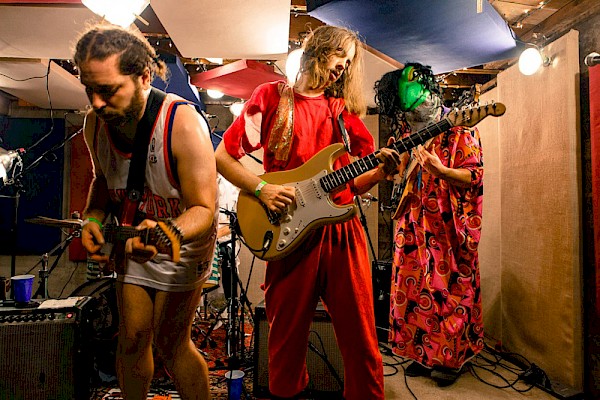 Psychomagic rocking Banana Stand Media's DIY basement space
Psychomagic rocking Banana Stand Media's DIY basement space
INPUTS/OUTPUTS.
You’ll need an interface to get sound to and from your computer. The important choices are regarding sound quality of the circuits and how many inputs you’ll need. If you record by yourself and multitrack layers of sounds you’re creating one at a time, you might only need something with two decent microphone preamps. I like Roland’s stuff because it’s rugged, sounds good, and has a graphic user interface I like.
Recording Software.
For a long time, Pro Tools was pretty much the only game in town. Now there are many great choices. My pick? REAPER. It’s very inexpensive ($60), it sounds great, it’s capable of doing nearly everything Pro Tools can do, and there are fantastic free tutorials on the website. It’s also quite customizable.
COMPUTER.
Probably a laptop. Portability is a beautiful thing. Get something with fast processing and a good chunk of RAM—at least 8 GB. Most software today will work with on both Mac and PC formats. Ideally, your recording computer should be a machine dedicated to recording only. Viruses can really mess with your music’s mojo. And record onto an outboard drive. Get something sturdy and USB-powered.
JUST DO IT.
It’s important to learn some good technique and protocol—whether good file management or mic placement. Take the time to get this stuff right. It matters. A lot.
LASTLY: YOU.
This is just a bunch of stuff. Music is made by people with a combination of inspiration, imagination, intuition, talent, and work ethic. In the end, it’s about capturing a performance, not about stuff. Play, sing, record, repeat.

